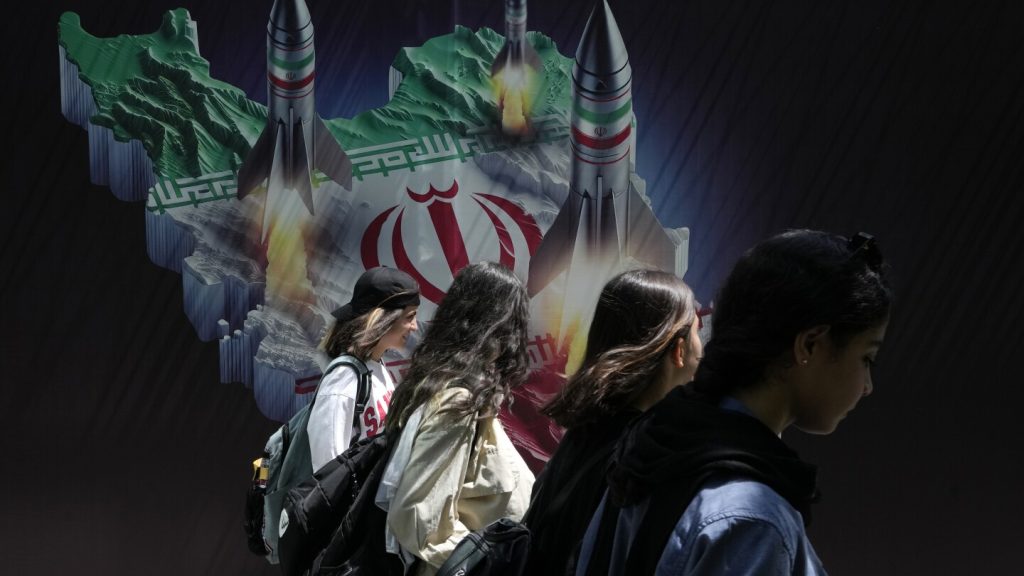Israel and Iran have downplayed recent tensions, including an apparent Israeli airstrike near a major air base and nuclear site in central Iran. While this signals a desire to prevent further escalation, the underlying issues between the two countries remain unresolved. Israel views Iran as its greatest enemy due to calls for its destruction, nuclear program, and support for proxies in the Middle East. The recent conflict began after attacks by Iranian-backed Palestinian groups in Gaza, leading to Israeli offensives in Gaza and Lebanon, with additional missile strikes from Iranian-backed militias in other countries.
The conflict escalated after an airstrike in Syria killed two Iranian generals, prompting Iran to retaliate with its first-ever direct attack on Israel, launching over 300 missiles and drones. Although Israel intercepted most of the incoming fire, some missiles caused minor damage and injuries. In the recent attack near Isfahan, Iranian air defense batteries fired at drones in the air, targeting flying objects in the sky. The attack occurred on Iranian Supreme Leader Ayatollah Ali Khamenei’s 85th birthday, with Iranian officials stating that all atomic sites in the area were safe.
Both Iran and Israel have refrained from directly implicating each other in the attacks, with the United Nations confirming no damage to Iran’s nuclear sites. Reports suggest that Israeli aircraft flew over Syria and Iraq to carry out the attack using air-to-surface missiles without entering Iranian airspace. The attack was seen as a message from Israel that they can reach Iran anywhere they want. Despite the current round of violence appearing to be over, the risk of further clashes remains high, especially considering ongoing conflicts in Gaza and Lebanon.
International figures, including U.N. Secretary-General Antonio Guterres, have called for an end to the strikes in the Middle East to prevent further escalation. Experts believe that both sides are hesitant to escalate to full-scale war but warn of the risk of sudden eruptions leading to state-to-state conflicts. The focus now shifts to proxy wars, with the potential for increased tensions between Israel and Iran in the future. The recent events highlight the fragile nature of the region and the ongoing challenges in mitigating conflicts between these bitter enemies. Despite efforts to de-escalate tensions, the underlying grievances and potential for further violence linger in the region.


